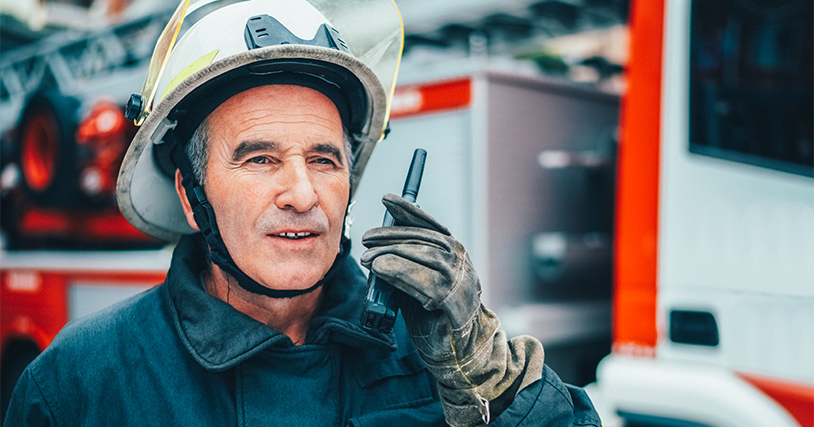
On Feb. 6, a 7.8 magnitude earthquake struck southern Turkey near the border of Syria. Nine hours later, another 7.5 magnitude quake hit 59 miles to the southwest. The first was the most devastating quake to strike the region since 1939. In the hours and days that followed, at least 105 countries and 16 international organizations pledged support and humanitarian aid.
As the death toll rose, the New York Times reported the global humanitarian aid effort faced deep challenges. In addition to dire rescue missions amid the rubble of flattened buildings, millions were without shelter and in desperate need of medical attention, food and supplies. And the entire telecommunications infrastructure was not only knocked off-line but decimated altogether. The more than 230,000 relief workers fanned out across 200 miles needed connectivity so they could collaborate and coordinate.
In times of disaster, satellite communication delivers enduring value and the ability to set up connectivity hotspots quickly. That too required global collaboration and swift action, and Hughes was proud to support the effort in many ways. As one example, the Hughes India team worked closely with the country’s National Disaster Response Force (NDRF) to supply Quick Deploy antennas and modems––or Very Small Aperture Terminals (VSATs)––for field communications. With the Quick Deploy equipment, NDRF was able to deploy several search and rescue and medical teams, as well as set up a field hospital near the quake’s epicenter.
To ensure that the equipment could operate outside of India, Hughes teams in India and Europe requested bandwidth from a suitable satellite for full internet access capabilities in the region. Service was granted within the same day – one example of ecosystem collaboration in times of need.
Hughes also worked with Turksat, the state-owned telecommunications provider serving a broad area from Europe to Asia, to deploy mobile terminals to establish satellite connectivity and cellular backhaul service across various disaster areas. The connectivity-on-the-move solution enabled relief workers to maintain communications with their field headquarters and bring much needed aid directly to quake victims, rather than requiring them to travel vast distances in search of help. That network was configured with a Virtual Private Network (VPN) tunnel to ensure the site’s communications were secure.
When disaster strikes, every minute counts. And when relief workers, rescue teams, government personnel and medical professionals need to coordinate response efforts, satellite can get them up and running quickly to save more lives and help devastated communities recover.